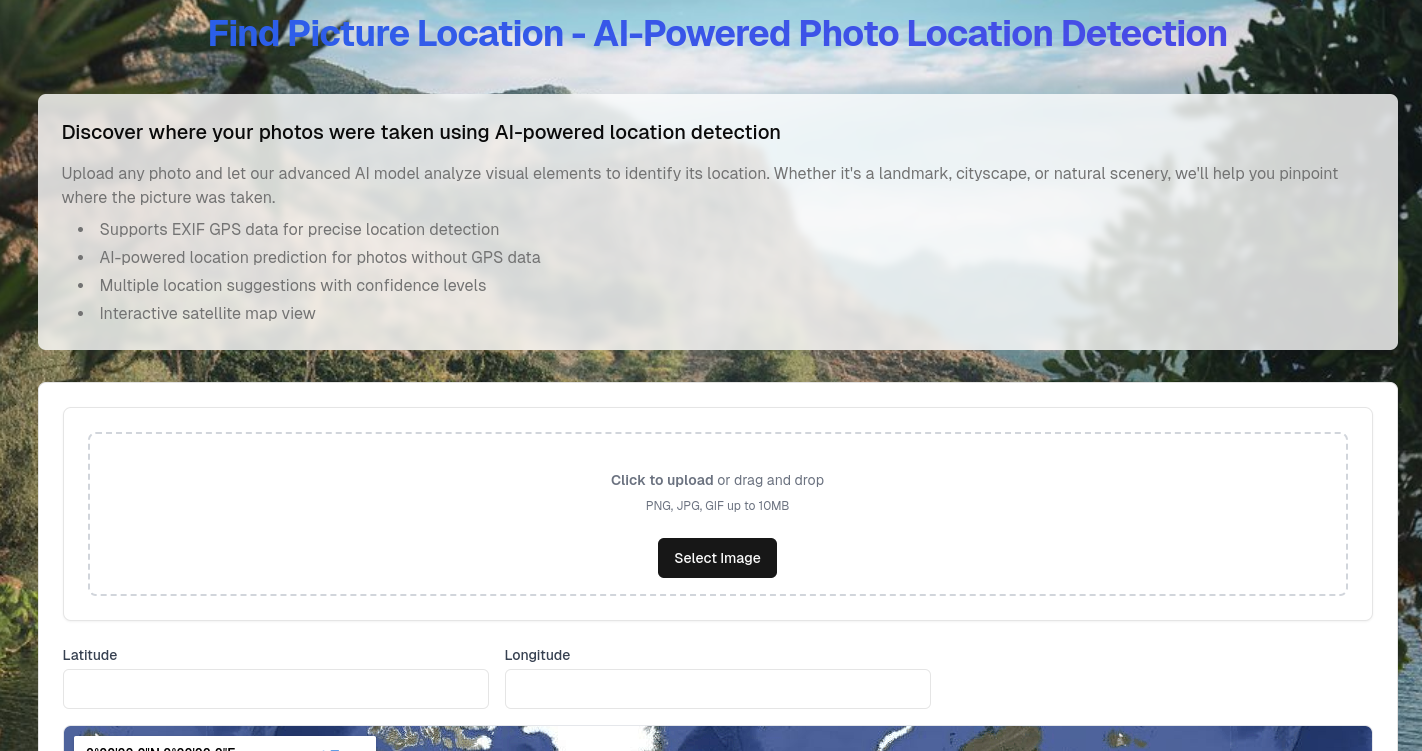Once detected and traced to their source, these particles can reveal more about cosmic events than even the most high-powered telescopes, Wissel added, as the particles can travel undisturbed and almost as fast as the speed of light, giving clues about cosmic events that happened lightyears away.
Wissel and teams of researchers around the world have been working to design and build special detectors to capture sensitive neutrino signals, even in relatively small amounts. Even one small signal from a neutrino holds a treasure trove of information, so all data has significance, she said.
“We use radio detectors to try to build really, really large neutrino telescopes so that we can go after a pretty low expected event rate,” said Wissel, who has designed experiments to spot neutrinos in Antarctica and South America.
ANITA is one of these detectors, and it was placed in Antarctica because there is little chance of interference from other signals. To capture the emission signals, the balloon-borne radio detector is sent to fly over stretches of ice, capturing what are called ice showers.
“We have these radio antennas on a balloon that flies 40 kilometers above the ice in Antarctica,” Wissel said. “We point our antennas down at the ice and look for neutrinos that interact in the ice, producing radio emissions that we can then sense on our detectors.”
These special ice-interacting neutrinos, called tau neutrinos, produce a secondary particle called a tau lepton that is released out of the ice and decays, the physics term referring to how the particle loses energy as it travels over space and breaks down into its constituents. This produces emissions known as air showers.
If they were visible to the naked eye, air showers might look like a sparkler waved in one direction, with sparks trailing it, Wissel explained. The researchers can distinguish between the two signals — ice and air showers — to determine attributes about the particle that created the signal.
These signals can then be traced back to their origin, similar to how a ball thrown at an angle will predictably bounce back at the same angle, Wissel said. The recent anomalous findings, though, cannot be traced back in such a manner as the angle is much sharper than existing models predict.
By analyzing data collected from multiple ANITA flights and comparing it with mathematical models and extensive simulations of both regular cosmic rays and upward-going air showers, the researchers were able to filter out background noise and eliminate the possibility of other known particle-based signals.
The researchers then cross-referenced signals from other independent detectors like the IceCube Experiment and the Pierre Auger Observatory to see if data from upward-going air showers, similar to those found by ANITA, were captured by other experiments.
Analysis revealed the other detectors did not register anything that could have explained what ANITA detected, which led the researchers to describe the signal as “anomalous,” meaning that the particles causing the signal are not neutrinos, Wissel explained. The signals do not fit within the standard picture of particle physics, and while several theories suggest that it may be a hint of dark matter, the lack of follow-up observations with IceCube and Auger really narrow the possibilities, she said.
Penn State has built detectors and analyzed neutrino signals for close to 10 years, Wissel explained, and added that her team is currently designing and building the next big detector. The new detector, called PUEO, will be larger and better at detecting neutrino signals, Wissel said, and it will hopefully shed light on what exactly the anomalous signal is.
“My guess is that some interesting radio propagation effect occurs near ice and also near the horizon that I don't fully understand, but we certainly explored several of those, and we haven't been able to find any of those yet either,” Wissel said. “So, right now, it's one of these long-standing mysteries, and I'm excited that when we fly PUEO, we'll have better sensitivity. In principle, we should pick up more anomalies, and maybe we'll actually understand what they are. We also might detect neutrinos, which would in some ways be a lot more exciting.”
The other Penn State co-author is Andrew Zeolla, a doctoral candidate in physics. The research conducted by scientists from Penn State was funded by the U.S. Department of Energy and the U.S. National Science Foundation. The paper contains the full list of collaborators and authors.
At Penn State, researchers are solving real problems that impact the health, safety and quality of life of people across the commonwealth, the nation and around the world.
For decades, federal support for research has fueled innovation that makes our country safer, our industries more competitive and our economy stronger. Recent federal funding cuts threaten this progress.
Learn more about the implications of federal funding cuts to our future at Research or Regress.
.png)




